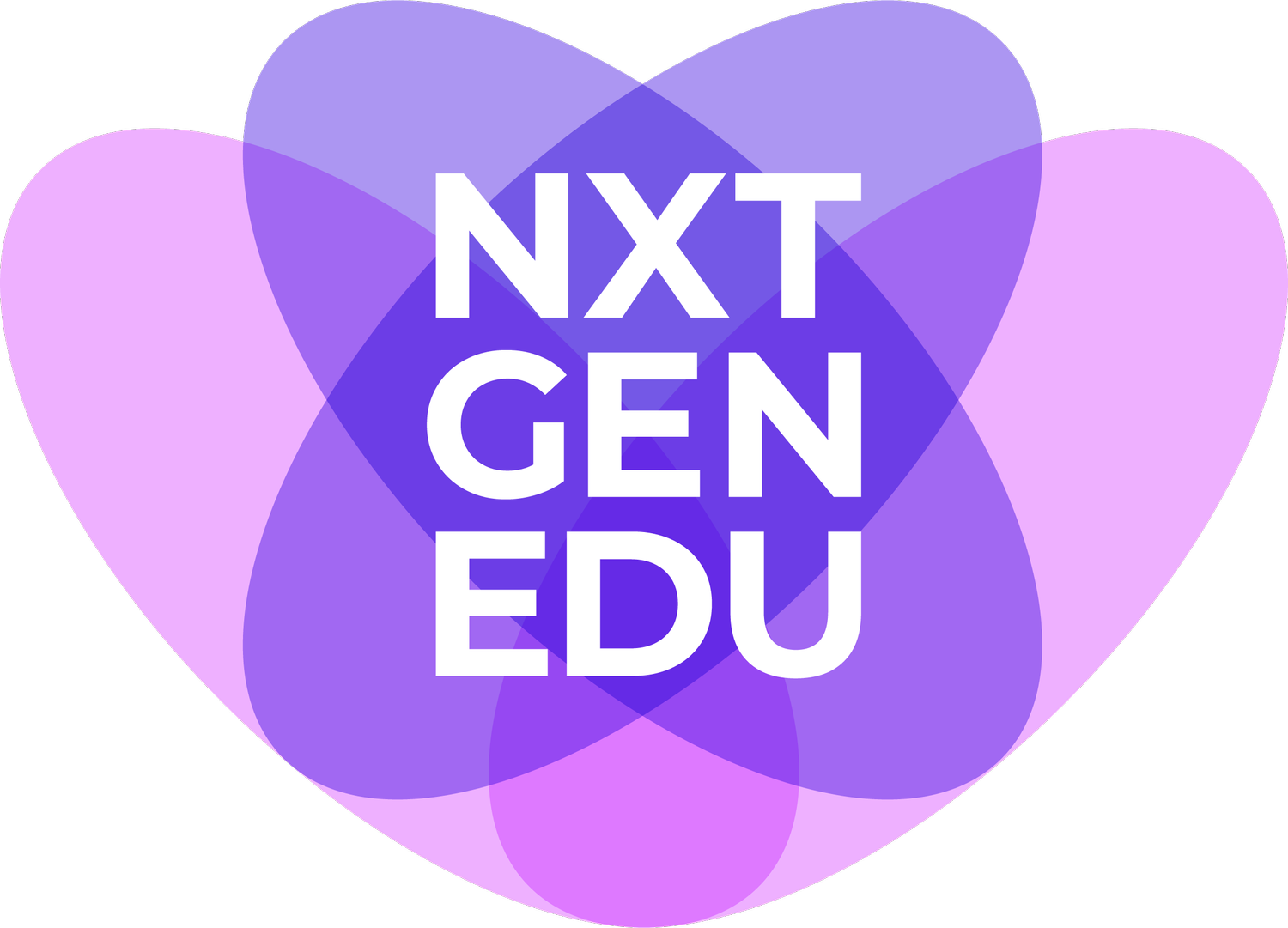What Can Linux Teach Us About Managing Instruction Materials?
Linux is a free and open-source software operating system. One might reasonably ask the question: So, what does this have to do with instruction materials for a class? As it turns out, quite a bit. Before making this argument, we should provide some background on the history of Linux.
Linux was born in a world of proprietary operating systems (remember OS2, Sun OS, and others?) These operating systems provided the interface between hardware developers and application software developers. The proprietary nature of the operating systems did not allow either of these entities to innovate at the rate required. In 1991, Linux was introduced as an open-source platform and soon grew in popularity. Today, Linux has significant market share in the commercial landscape, and in fact, the Linux ecosystem is larger than anything any single company (e.g. IBM) or country (e.g. China) can build. This begs the question: What makes Linux (or any open-source) successful?
The lesson of open-source systems such as Linux (WordPress, Apache, etc.) is that when enabled by an open collaboration environment, a community can build, debug and innovate at a rate much faster than any single entity. The key aspects to enable this collaborative environment are:
Unbiased Orchestrator: There is a need for an unbiased and knowledgeable individual who manages the contributions of the collective. In the case of Linux, this was the group led by Linus Torvalds.
Open-Source License Terms: Contributions must be available to the whole community and there should be no barriers to access.
Value-Added Services: For those who are not in the community, value-added services are very beneficial in providing access to the broader market. This also affords a method to monetize and fund the core elements of the community. Red Hat became an example of this aspect of the system for Linux.
For all the constituents, this environment provided a win-win situation. For hardware and software developers, they could incrementally enable their solutions on a mainline operating system. A number of innovations coming from academia and industry could also be easily added to the system. Finally, even for the proprietary OS developers, Linux provided them a way of gaining revenue through value-added services, while the baseline was debugged (literally) by the world. Thus, at some point, IBM embraced Linux.
As we have discussed in previous articles (HERE) or the TED Talk (HERE), the current educational system largely views students as commodities into which knowledge is poured; which can be likened to an industrial manufacturing process. The fundamental structure of the current model is driven by an economic imperative from the last century -- based on the premise of the scarcity of the instructor and classroom -- which is no longer true. Also, the actual process of teaching occurs in a craftsman-like model which has not changed for hundreds of years.
Let's consider the impact of an open-source collaborative environment in the context of something like a calculus class. Today, the delivery of these classes consists of a book, various disorganized YouTube videos and a teacher in the classroom performing for the students. Even with automation and content from the internet, it is a maddeningly inefficient process. Consider the following structure:
Unbiased Orchestrator: A non-profit entity such as a university would host and manage the process of submissions. It would provide a basis structure for the calculus class such as table-of-contents, login privs, search and others.
Open Source Licensing Terms: Contributors such as other universities, industry and even students could contribute unique and interesting ways of teaching and assessing calculus.
Value-Added Services: Teaching institutions could license the base and build value-added services on top to deliver to the broader marketplace.
Let’s consider the power of this community approach vs. the current system:
Teaching Styles: Today, a teacher can deliver one style of teaching — their own. With this system, various styles of teaching (humorous, visual, auditory, language specific, etc.) can be easily built on a core. Further, the value of the core rises over time.
Industry/Application Input: Today, a teacher has little capability to include “real-life” examples into the lesson. With this system, industrial examples could easily be added by interested parties.
Debugging/Improvement: Today, once a textbook is published or a teacher has delivered the lecture, it is done; finished. In this system, there is a constant process of capture and improvement. Want to build a Chatbot to help teach? One would be able to do that in an innovative system.
Overall, the introduction of open-source instruction IP can harness the broader community. It has the potential to enrich the student experience in a way not possible by any single institution — much less any particular professor.
